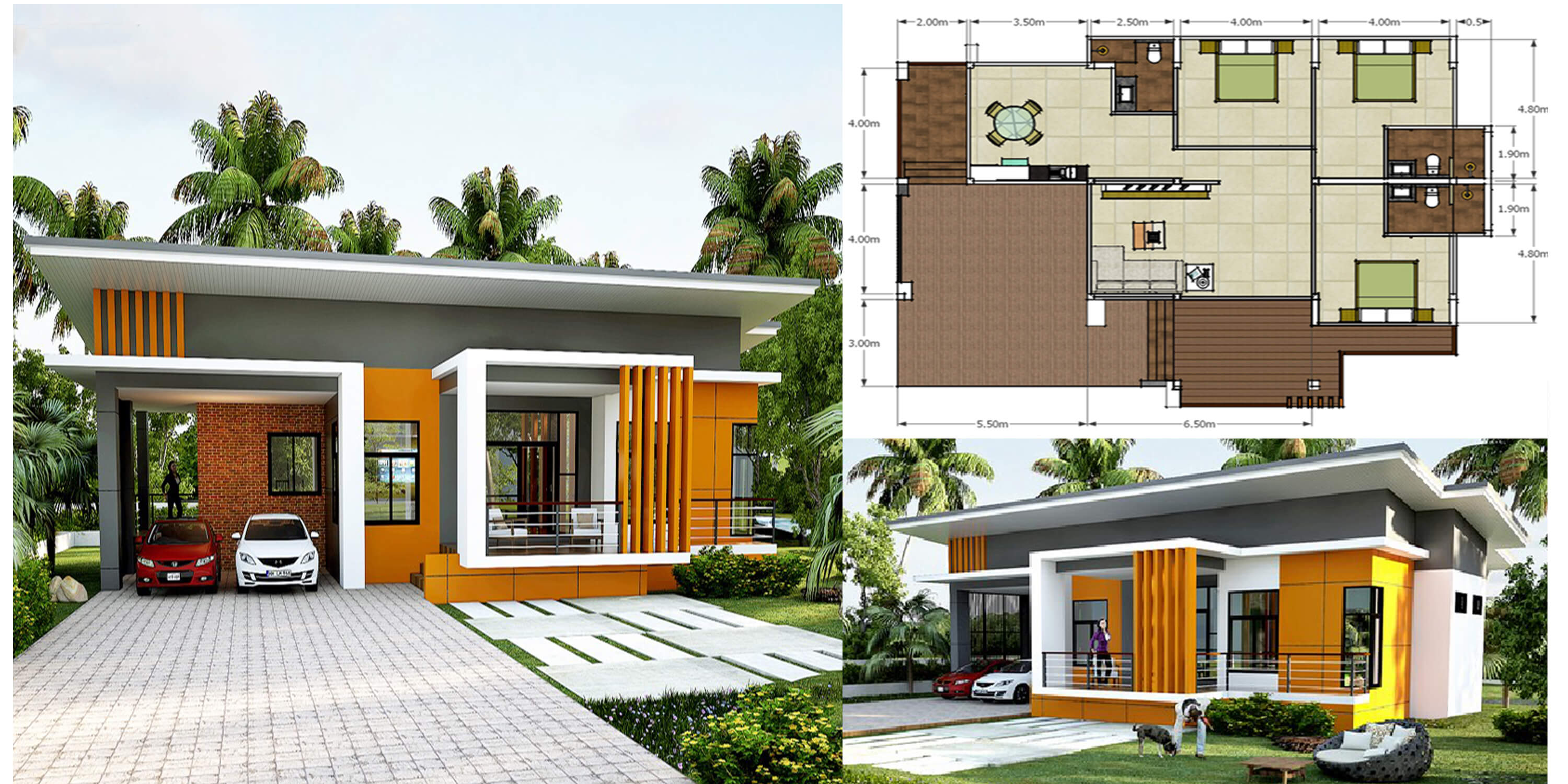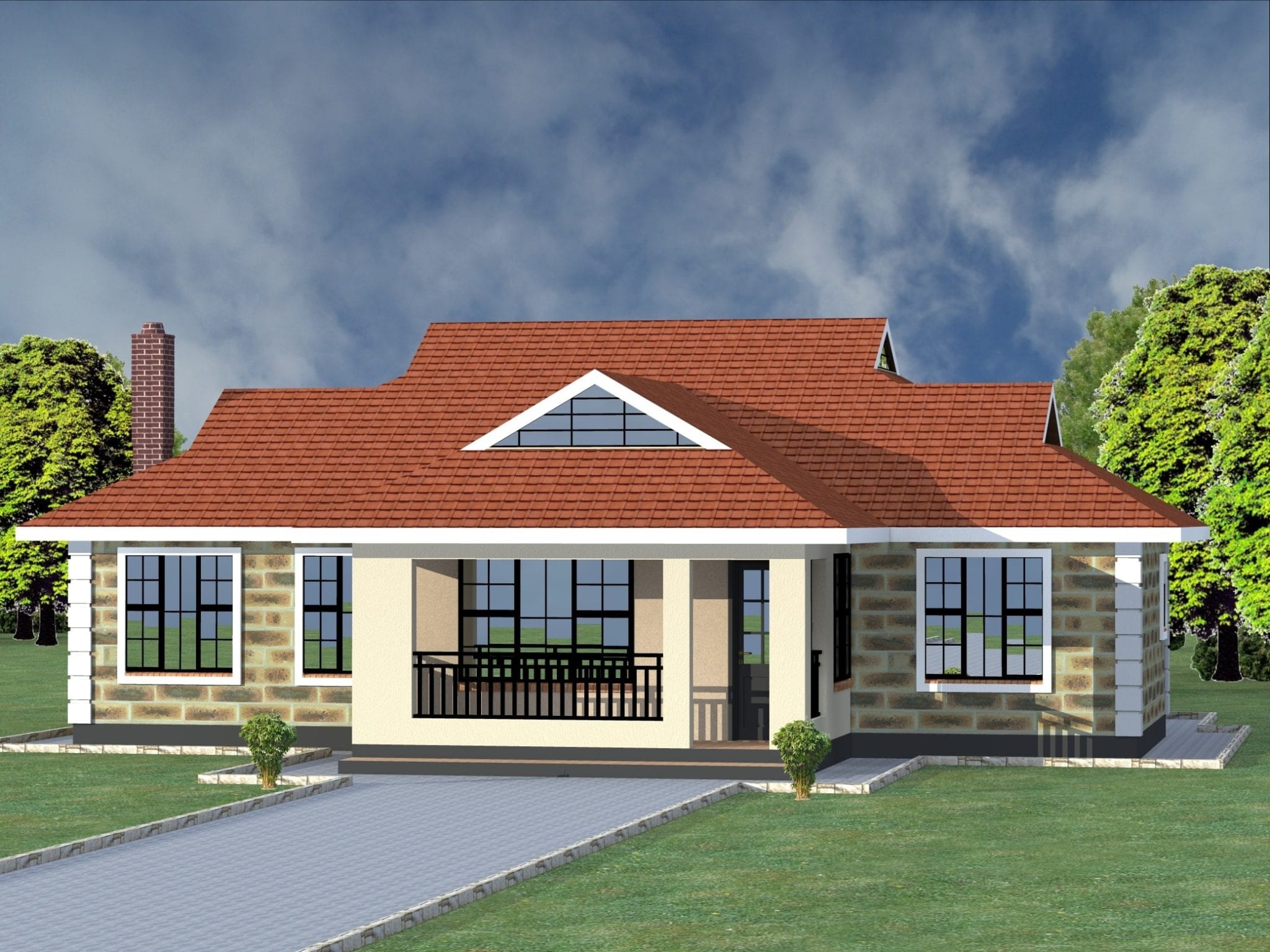The Appeal of Single-Story Living

Single-story homes have gained immense popularity in recent years, and for good reason. They offer a unique blend of convenience, accessibility, and family-friendly features that make them an attractive option for a wide range of homeowners.
Single-story living offers a distinct set of advantages that can significantly enhance the quality of life for individuals and families alike. These benefits range from improved accessibility and ease of maintenance to a more open and functional living space, making them a compelling choice for those seeking a comfortable and practical home.
Accessibility and Ease of Movement
The absence of stairs in a single-story home creates a barrier-free environment, making it incredibly accessible for people of all ages and abilities. This is particularly beneficial for families with young children, seniors, or individuals with mobility limitations.
- Eliminates Stair Climbing: Single-story homes eliminate the need to climb stairs, making it easier for everyone to move around the house, especially for individuals with physical limitations or those who may experience mobility issues as they age.
- Safer for Children and Pets: The absence of stairs significantly reduces the risk of falls and accidents for children and pets, providing a safer environment for everyone.
- Accessible for Guests: Single-story homes are more welcoming to guests with mobility challenges, ensuring that everyone can enjoy the space comfortably and safely.
Simplified Maintenance and Cleaning
One of the most appealing aspects of single-story homes is the ease of maintenance. With everything on one level, cleaning and upkeep become significantly less demanding.
- Reduced Cleaning Time: Cleaning a single-story home is much faster and less physically taxing, as you don’t need to navigate stairs or reach high ceilings.
- Easier Access to All Areas: With everything on one level, you can easily access all areas of the house for cleaning, repairs, or maintenance, saving time and effort.
- Lower Maintenance Costs: The reduced complexity of a single-story home often translates to lower maintenance costs over time, as there are fewer systems and components to maintain.
Family-Friendly Features and Functionality
Single-story homes are designed to be family-friendly, offering a variety of features that promote comfort, functionality, and togetherness.
- Open Floor Plans: Single-story homes often feature open floor plans, creating a sense of spaciousness and allowing for easy interaction between different areas of the house. This promotes a sense of togetherness and facilitates family gatherings.
- Dedicated Play Areas: Single-story homes provide ample space for children’s play areas, whether indoors or outdoors, ensuring that kids have room to run, play, and grow. This allows for a more organized and functional living space for the entire family.
- Outdoor Living Spaces: Single-story homes often have easy access to outdoor living spaces, such as patios or gardens, creating opportunities for family time and entertaining guests. This promotes a more connected lifestyle and encourages outdoor activities.
Planning Your Dream 4-Bedroom Single-Story Home: Simple 4 Bedroom Single Story House Plans

Designing a 4-bedroom single-story home can be a thrilling adventure, but it’s crucial to plan strategically to ensure a functional and comfortable living space. This guide will help you navigate the process, from room allocation and traffic flow to maximizing natural light and incorporating flexible spaces.
Room Allocation and Traffic Flow
The heart of a 4-bedroom single-story home lies in its layout. Effective room allocation and traffic flow are key to a comfortable and efficient living experience. Start by visualizing how you’ll use each room and how people will move through the house.
- Primary Bedroom: Consider placing the primary bedroom in a quiet corner of the house, away from high-traffic areas, for optimal privacy. A spacious walk-in closet and an ensuite bathroom are common additions to enhance comfort and functionality.
- Guest Bedrooms: Guest bedrooms should be accessible but not directly in the path of everyday life. A shared bathroom near these rooms can be convenient for guests.
- Kitchen and Living Areas: These spaces should be centrally located for easy access and flow between them. A kitchen island or breakfast bar can serve as a natural gathering spot, encouraging interaction and connection.
- Traffic Flow: Imagine the paths people will take throughout the day, from entering the house to moving between rooms. Ensure hallways and doorways are wide enough for comfortable movement, especially if you anticipate having guests or large furniture pieces.
Maximizing Natural Light, Simple 4 bedroom single story house plans
Natural light is essential for a bright and inviting home. Strategic window placement can enhance the feeling of spaciousness and create a cheerful atmosphere.
- South-Facing Windows: South-facing windows allow for maximum sunlight exposure throughout the day, especially in the winter. This can help reduce the need for artificial lighting and create a warm and inviting ambiance.
- Large Windows: Consider incorporating large windows in living areas and bedrooms to bring in ample natural light. Skylights can also be a great way to illuminate interior spaces.
- Window Placement: Position windows strategically to maximize natural light and create a sense of openness. For example, placing windows in the kitchen and dining area can create a bright and welcoming space for meal preparation and gatherings.
Kitchen Placement and Bathroom Accessibility
The kitchen and bathrooms are two crucial areas in a home. Careful planning can ensure they are both functional and aesthetically pleasing.
- Kitchen Placement: The kitchen should be conveniently located near the dining area and living room, creating a natural flow for meal preparation and entertaining. Consider the placement of appliances and cabinets to optimize workflow and storage.
- Bathroom Accessibility: Ensure bathrooms are easily accessible for all members of the household, including those with mobility limitations. Consider features like walk-in showers, grab bars, and wider doorways for enhanced accessibility.
Bedroom Arrangements
Creating comfortable and functional bedrooms is essential for a restful and enjoyable living experience.
- Privacy and Quiet: Position bedrooms away from high-traffic areas to ensure privacy and quiet. Consider using sound-absorbing materials in the walls and ceilings to minimize noise transmission.
- Natural Light and Ventilation: Ensure bedrooms have adequate natural light and ventilation. Windows can be strategically placed to maximize sunlight exposure and provide fresh air.
- Storage Solutions: Plan for ample storage space in bedrooms, including closets, dressers, and shelves. This will help keep the rooms organized and clutter-free.
Incorporating Flexible Spaces
A well-designed 4-bedroom single-story home can easily accommodate flexible spaces that cater to your changing needs.
- Home Office: Dedicate a space for a home office, whether it’s a separate room or a nook within another room. This can provide a dedicated workspace for work, studies, or creative pursuits.
- Playroom: For families with children, a playroom is a valuable addition. It can provide a designated area for play, learning, and creativity, keeping the rest of the house tidy.
- Guest Suite: Consider incorporating a guest suite with a private bathroom and kitchenette for extended stays. This can provide comfortable accommodations for visitors while maintaining privacy.
